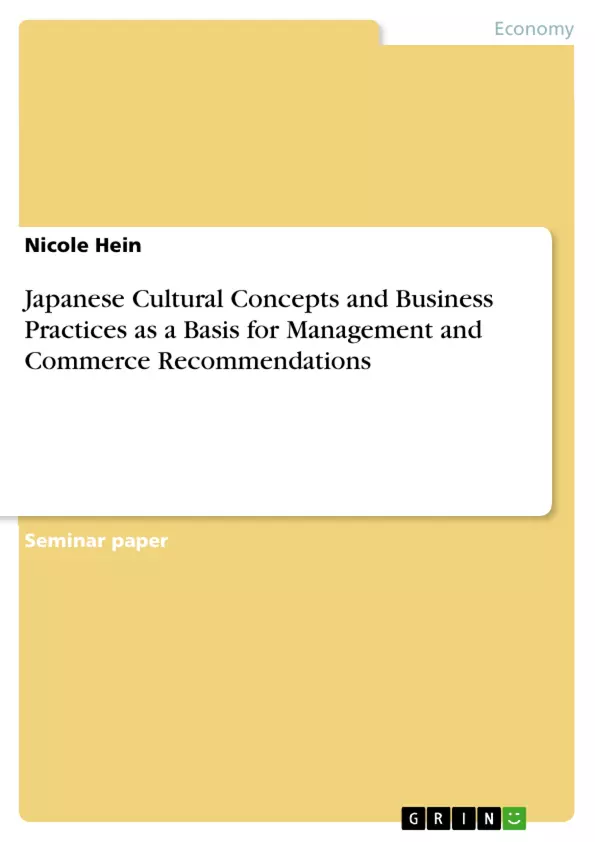From the moment we are born, our environment influences us in the way we think, act, and feel. Our parents and siblings, friends and superiors, even acquaintances and strangers teach us what is socially acceptable and expected behavior so that we are able to fit in with our peers, colleagues and fellow citizens. This “mental software” usually stays with us and evolves throughout our whole life, coloring our every word, thought, and action. It differs from our human nature and our personality in the way that it is neither genetically programmed into us, nor uniquely ours. We usually refer to it as ‘culture’.
According to Dutch researcher Geert Hofstede, culture is “the collective programming of the mind which distinguishes the members of one group or category of people from another.” Of course, we usually are part of many different groups at once – maybe we belong to a sports team or company, a confraternity or a club, a family or a special circle of friends – all of which have different values, rituals and expectations. This leads to “people usually carry[ing] several layers of mental programming within themselves, corresponding to different levels of culture.” However, while we join some groups voluntarily, we are born into others – like our family and nationality – and therefore cannot revoke our membership and the expectations that go with it. So while we voluntarily accept one culture’s rules and idiosyncrasies because we want to, we might accept another’s merely because they were drilled into us since we were children. By name, these differing dynamics can be referred to as national and organizational culture.
An extensive research project conducted by Hofstede in the 1970s, during which employees of a large multinational corporation in 64 countries were questioned, was supposed to reveal the intricacies of national culture. The following paper will first take a closer look at Hofstede’s 5D-model as a basis for understanding the cultural intricacies foreigners need to be aware of when dealing with other nations, in particular with the state of Japan. After shining light on the dimensions defined by Hofstede, those peculiarities of the Japanese culture that are of special importance when doing business with the nation, with an emphasis on major concepts of thinking and acting, as well as everyday behavioral tips, will be presented.
Table of Contents
- Introduction
- Hofstede's Five Dimension Model
- Power Distance
- Individualism & Collectivism
- Masculinity & Femininity
- Uncertainty Avoidance
- Long-Term & Short-Term Orientation
- Conclusion to Hofstede
- Japanese Cultural Concepts & Business Practices
- Group Mentality & Harmony
- Building Long-Lasting Relationships
- Communication
- Working & Decision-Making Process
- Customer & Stakeholder Orientation
- Continuous Improvements
- Everyday Business Etiquette
- Business Dress
- Conversational Guidelines
- Gift Giving
- Business Negotiations
- Evening Entertainment
- Conclusion: Business Recommendation
Objectives and Key Themes
This paper aims to analyze Japanese cultural concepts and business practices through the lens of Hofstede's five-dimensional model. It seeks to provide insights into key cultural differences that are relevant for businesses, particularly German companies considering market expansion in Japan.
- Hofstede's cultural dimensions and their application to Japanese culture.
- Key Japanese cultural concepts influencing business practices.
- The importance of relationship building and group harmony in Japanese business.
- Communication styles and decision-making processes in Japanese organizations.
- Practical implications for businesses interacting with Japanese counterparts.
Chapter Summaries
The Introduction establishes the concept of culture as "mental software" and introduces Hofstede's research as a framework for understanding cultural differences. The chapter on Hofstede's Five Dimension Model explores each dimension—power distance, individualism/collectivism, masculinity/femininity, uncertainty avoidance, and long-term/short-term orientation—providing a general overview without specific examples related to Japan. The section on Japanese Cultural Concepts & Business Practices delves into specific cultural aspects of Japan relevant to business interactions, such as group mentality, relationship building, communication styles, decision-making processes, customer orientation, and everyday business etiquette (dress, conversation, gift-giving, negotiations, and entertainment).
Keywords
Japanese culture, business practices, Hofstede's cultural dimensions, power distance, individualism/collectivism, communication styles, relationship building, group harmony, business etiquette, market expansion, cross-cultural management.
- Quote paper
- Nicole Hein (Author), 2010, Japanese Cultural Concepts and Business Practices as a Basis for Management and Commerce Recommendations, Munich, GRIN Verlag, https://www.grin.com/document/183364



